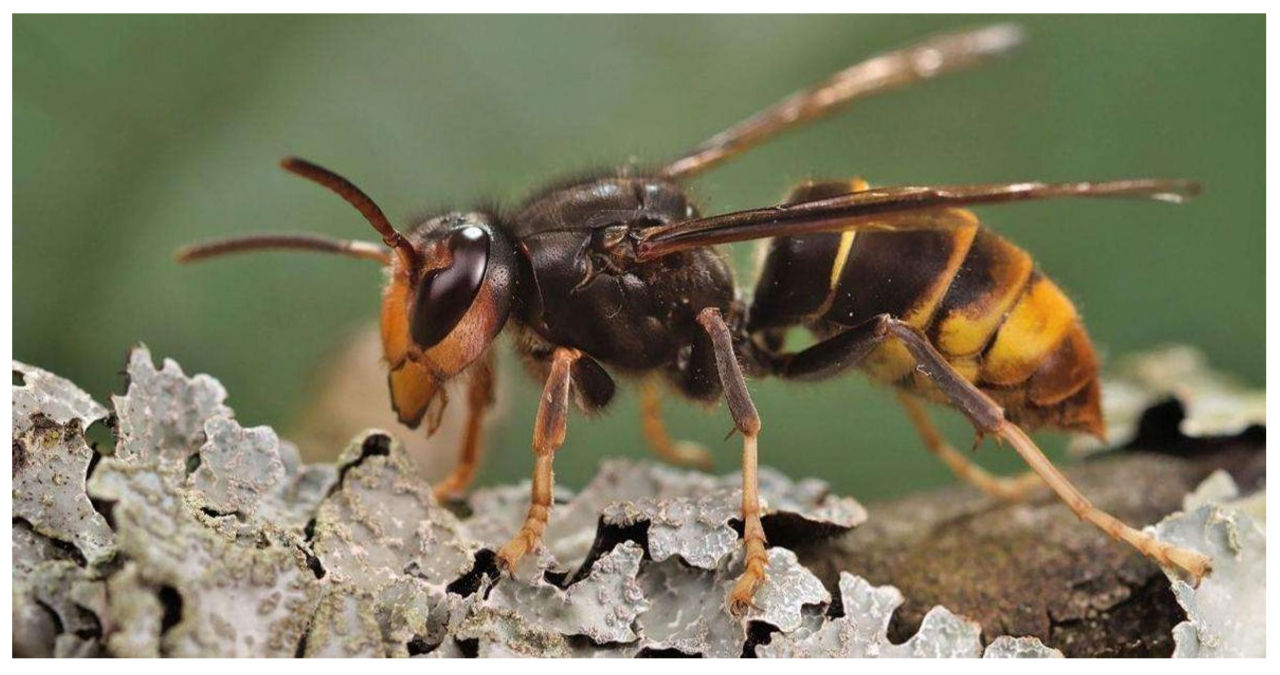The N.C. Department of Agriculture and Consumer Services Plant Industry Division is urging North Carolina residents to remain vigilant for the early-stage nests of the Yellow-legged hornet (Vespa velutina). Although this invasive hornet species has yet to be discovered in North Carolina, it was detected in Georgia and the southernmost region of South Carolina in 2023 and 2024, respectively.
According to Agriculture Commissioner Steve Troxler, the yellow-legged hornet is not more dangerous to humans than other hornets. However, it poses a significant threat to both managed and wild bees, particularly honeybees. This is why it is crucial to monitor and be alarmed about this species.
The yellow-legged hornet, originally from Southeast Asia, has successfully spread throughout Europe and parts of the Middle East. Its presence in the United States was first discovered in Savannah, Georgia, in August 2023, and later confirmed in Jasper County, South Carolina, in November of the same year. These hornets are known for constructing egg-shaped paper nests, typically found above ground and occasionally in trees. These nests can grow to be quite large, accommodating an average of 6,000 worker hornets.
The Asian giant hornet can sometimes be mistaken for various native insects like the cicada killer wasp, the bald-faced hornet, paper wasps, queen yellowjackets, wood wasps, and robber flies. However, it stands out from these other stinging insects due to its larger size.
Yellow-legged hornet embryo nests, also known as Stage 1 nests, have been recently discovered in both Georgia and South Carolina this Spring.
Embryo nests come in a brownish color resembling that of a paper bag. They are relatively small, measuring between the size of a ping-pong ball and a tennis ball. These nests, constructed by hornet queens, serve as the foundation for new colonies. Typically, they can be found in sheltered locations like the eaves of houses and other structures.
According to Troxler, this Spring presents a great opportunity for residents to be proactive in identifying early-stage nests of a particular pest. While spending time outdoors in their yards or other areas, individuals should keep an eye out for these nests on the sides of various structures including houses, barns, sheds, and pumphouses, particularly around the eaves. It’s worth noting that these nests differ in appearance from the more commonly known gray paper hornets nests, as they have a brownish color.



